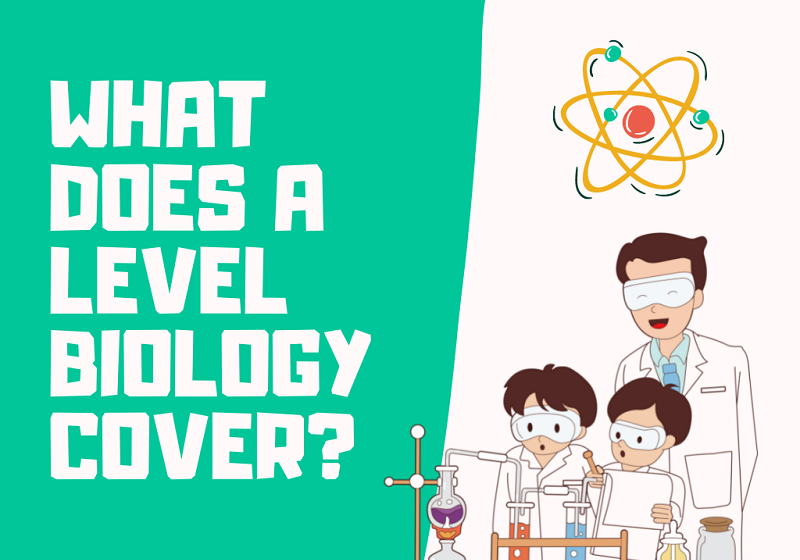In a learning centre in Singapore, a teacher may employ various instructional methods with varying ends in mind. The most effective instructional ways are those demonstrated to work in large-scale trials. There is no requirement that a teaching strategy is innovative, though some certainly are.
Consider your overall tutoring strategy when you are planning your session as a teacher. A tutoring session’s strategy is as rigid as a game plan for competitive sports. The usual tutoring techniques are dissected in this guide for teachers. You will likely use all of them at some point in your secondary school science tuition class, and you may use more than one in any session. You may also find additional effective methods.
Consider the following instructional techniques for your students.
Know your pupils and develop their respect.
It may seem obvious, but understanding your students’ learning needs is the foundation of all effective instruction during primary school programmes. In tandem with this, your students hold you in high regard. The relationship between teacher and student is an essential component of the educational experience. Take the time on the first day of a new class to get to know the students, their motivations, and their learning barriers. It is a teaching strategy that is neglected by many.
Incorporate inquiry-based learning.
While arousing your students’ interest in a topic is a necessary first step in inquiry-based learning, wholesome learning occurs when you give them the chance to conduct research and write a report on it.
Feedback process and understanding.
Processing feedback is the most effective way to teach if done right. Feedback from the teacher or another source, like peer marking, must be specific, encouraging, and actionable. Students must be able to understand where and how they can improve on their tuition classes in learning centres.
Provide recognition and reinforce efforts.
Helping students find the link between exerting effort on a task and receiving recognition is crucial when creating a classroom environment that encourages active learning.
Without a source of motivation in their learning centre in Singapore, encouraging students to exert more effort in their activities can only go so far. Pupils are already familiar with praise and recognition as motivators; it can be highly effective to shift their focus from being correct to exerting maximum effort.
Teach English vocabulary effectively.
With the new emphasis on knowledge in the curriculum, there is no excuse for children to lack topic-specific vocabulary. They require the English language and vocabulary to formulate the thoughts and sentences necessary to speak on a given topic.
Integration of collaborative learning.
The means for students to work in groups for specific classroom activities, also known as “cooperative learning,” will be familiar to various educators.
The impact of group work during a language class in a learning centre in Singapore can vary widely, and to increase its effectiveness – teachers should focus on well-structured tasks that encourage dialogue and interaction among students. The concept of ‘competitive’ collaborative learning (in which groups of students compete against one another) has been demonstrated to have some effect, but caution is advised lest students focus more on the competition than on the learning.
Employ the Socratic method of teaching.
Sometimes referred to as the inquiry method, this is a form of instruction commonly used during primary, secondary and tertiary school programmes. Its roots in the student’s current level of subject comprehension. The tutor guides the student to new ideas by using directed questioning, beginning with what the student already knows.
Use effective questioning techniques.
While you are all aware of the significance of questioning as a method for gauging students’ comprehension of a topic, there are techniques you can employ to increase the effectiveness of your classroom questioning.
Questions like “Are you sure?” and “How do you know?” get students to do basic critical thinking to figure out how sure they are of an answer and why, while questions like “Is there another way?” guide a student when there may be more than one method to form a solution.
Structuring and scaffolding.
You may already be familiar with the “I do, We do, You do” method of scaffolding, but it’s worthwhile to examine its efficacy.
Modelling is one of the most crucial factors in ensuring student learning of a specific topic in a secondary school science tuition class. It is most effective when it can introduce new concepts without increasing students’ cognitive load, hence the “I, We, You” approach.
By building from teacher-led to collaborative construction to independent work, teachers create a structure that depicts learning as less of a step-change and more of a process. Additionally, it affords teachers greater flexibility; if necessary, more time can be spent on a particular stage, such as joint construction.
Personalised learning should be a priority.
It may seem obvious, but students are more likely to be engaged in learning when tailored to their needs and interests! It may initially be challenging, especially with a learning centre afternoon class in Singapore of 30 students, but as rapport and familiarity develop over the school year, it should become easier to personalise activities and questions for each student.
Teach thinking skills and problem-solving techniques explicitly.
Mathematical problem-solving skills don’t always come naturally to students in their secondary school science tuition class. Metacognitive strategies like those listed above make it more likely that students will be able to use critical thinking to solve a problem but provide no way to guarantee this will happen.
According to research on the topic, context-independent application of problem-solving techniques occurs after students have mastered their domain knowledge and had ample practice. Without them, students frequently fall into the trap of attributing significance to the so-called “surface features” of a problem, which professors usually dismiss as irrelevant to the actual mathematics involved.
However, explicit teaching of thinking skills is still of great importance; once domain knowledge is (relatively) secure, teaching students to recognise and focus on the deep structure of problems enables them to apply knowledge more effectively.
These nine strategies will pave the way for your child to learn efficiently in their desired tuition learning centres! Visit The Junior Learners Learning Centre today for more information.





